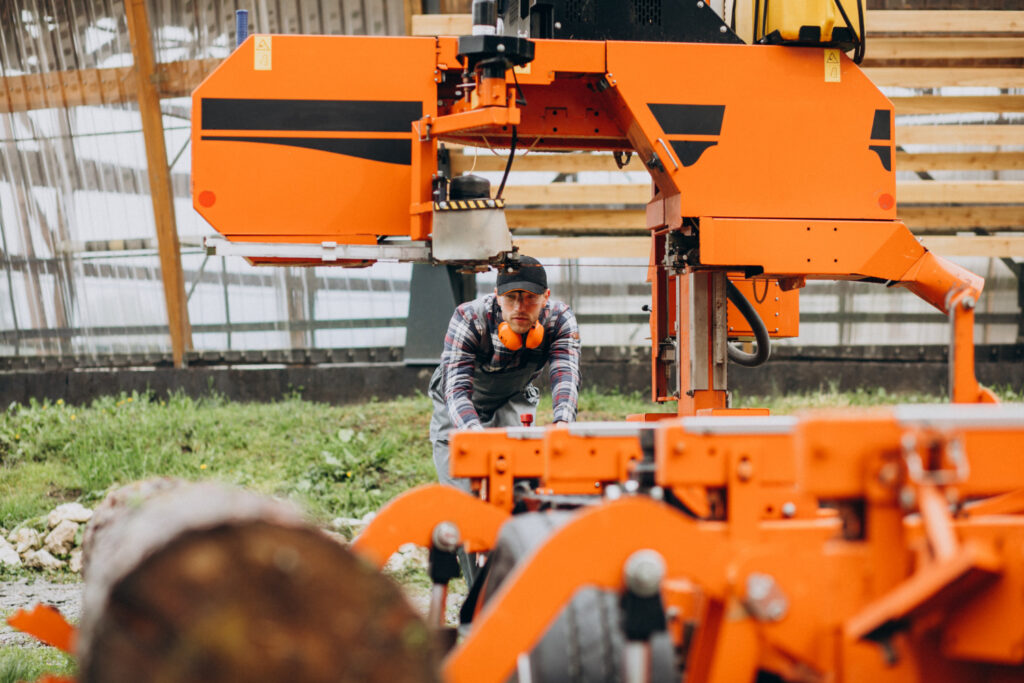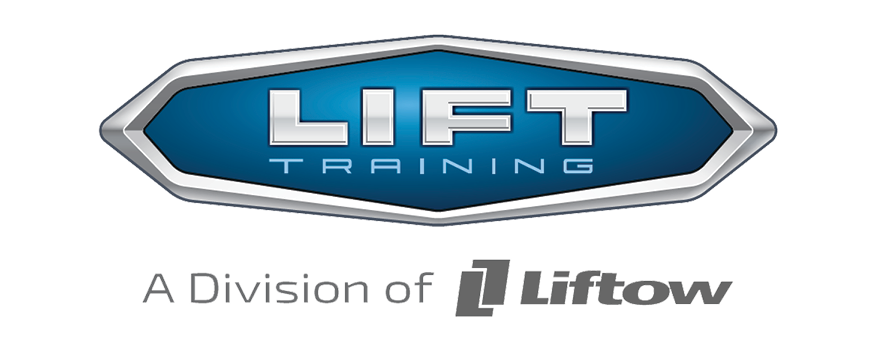
Operating a skid steer efficiently is a vital part of many jobs across Ontario, from construction to landscaping. This handy piece of equipment, when used correctly, can speed up tasks and make your workday much easier. However, like any machine, it requires proper handling and maintenance. If you’re familiar with skid steers, you probably know they’re not always simple to manage. Common challenges can pop up, often at the most inconvenient times, such as a sudden hydraulic leak or a stubborn engine that won’t start.
Many operators face these issues, and it’s essential to have a plan in place for solving them. Proper skid steer operation not only reduces downtime but also ensures the safety of everyone on site. By understanding the common problems and knowing how to address them, you can keep your projects moving smoothly. Let’s take a look at some practical solutions for the typical issues you might encounter during skid steer operations.
Identifying And Fixing Hydraulic Issues
Hydraulic problems are among the most frequent hassles you’ll find with skid steers. They can show up as annoying leaks or a sluggish operation, and either way, they need prompt attention. Consider a scenario where your skid steer struggles to lift heavy loads or moves slowly. These are often signs that something isn’t quite right with the hydraulic system.
To get started on solving these issues, follow these steps:
– Inspect the Hydraulic Hoses: Look for cracks or leaks in the hoses. If you spot a problem, replace the hose immediately.
– Check the Fluid Levels: Low hydraulic fluid can be the root of many problems. Ensure fluids are at the recommended levels.
– Examine the Hydraulic Pump: If noises or reduced power persist, the pump might need a professional check.
Routine checks can head off bigger troubles down the line. By making it a habit to inspect the system regularly, you can prevent most hydraulic failures. Start with a quick look at hoses before you begin your work each day, making sure everything appears in order. It’s also wise to maintain a scheduled check of the fluid levels and the condition of the pump. Even though these tasks might seem minor, they can make a huge difference in keeping your skid steer up and running efficiently.
Addressing Electrical Problems
Electrical issues can be a sneaky source of headaches when you’re trying to get work done. You might find that the controls aren’t responding, or the machine refuses to start on a busy morning. These glitches can halt productivity and waste precious time.
To troubleshoot electrical problems, here are a few steps you can follow:
– Check the Battery: Ensure that the battery is fully charged and the terminals are clean.
– Inspect the Fuses: Blown fuses are a common culprit. Replace any that appear blown or damaged.
– Look at the Wiring: Damaged wires or loose connections can disrupt power. Tighten or replace as necessary.
Regular maintenance of the electrical system not only prevents disruptions but also extends the life of your skid steer. Keeping the battery in good health and ensuring clean connections are easy practices that create long-term benefits. Simple tasks, such as occasionally checking your fuses, can ensure that minor problems don’t turn into major ones. By addressing these electrical issues proactively, you can keep your machine reliable and avoid unnecessary downtime.
Managing Engine Troubles
Just when you think your skid steer is up for the task, engine troubles can throw a wrench in your plans. Engine problems can vary from annoying sounds to more serious issues, like a complete failure to start. These engine quirks can slow you down and cost you valuable time on a project.
Here are some steps to help you tackle engine issues effectively:
– Keep an Ear Out: If the engine makes strange sounds, it might indicate an underlying problem. Listen carefully to identify the cause.
– Check the Fuel: Ensure there is sufficient fuel and that it’s not contaminated. An empty or dirty tank can stop the machine cold.
– Examine the Filters: Dirty filters can choke the engine. Clean or replace them regularly to keep the engine running smoothly.
Don’t overlook the engine’s preventive care. Regular oil checks and timely filter changes go a long way in extending the engine’s life. A consistent maintenance schedule not only averts pesky breakdowns but also supports the machine’s overall performance. By staying ahead of these common engine issues, you keep your skid steer dependable.
Handling Drive System Failures
The drive system of your skid steer is crucial for its movement, and when it fails, it can halt all progress. Common trouble areas include the tracks or wheels, which might wear out or become misaligned. Such issues create difficulty in steering and controlling the machine.
Here’s how you can manage and resolve drive system troubles:
– Inspect the Tracks or Wheels: Regularly check for wear and tear. Replace any components that show signs of damage.
– Align the System: Misalignment can make steering cumbersome. Ensure proper alignment for optimal performance.
– Maintain Tension: Proper tension in tracks and wheels ensures smooth operation. Adjust tension as needed.
To prevent frequent breakdowns, dedicate time to check the drive system as part of routine maintenance. Swiftly addressing signs of wear helps maintain smooth operations, minimizing disruptions during critical tasks. Consistent care and observations of your drive system keep your machine reliable and your work efficient.
Ensuring Safe Operations and Certification Requirements
For operators in Ontario, safe operations don’t just protect the equipment and site; they’re rooted in the necessity of proper certification. Acquiring skid steer certification is essential in complying with safety regulations and ensures that operators are well-prepared to handle any eventuality.
To maintain and enhance safety:
– Follow Certification Requirements: Ensure certification is up to date and that all safety protocols are strictly followed.
– Regular Training: Periodic training refreshes knowledge and keeps safety practices at the forefront.
– Comply with Local Regulations: Understanding and adhering to local guidelines promotes safer operational practices.
These strategies not only promote safety but also enhance efficiency. Operators who remain informed and certified are more likely to operate skid steers skillfully and safely. It’s about creating a responsible work environment where safety and skill go hand in hand.
Keeping Your Skid Steer Up and Running Smoothly
Tackling common skid steer issues with a proactive mindset ensures operations aren’t disrupted by unexpected breakdowns. By focusing on core areas like hydraulics, electrical systems, engines, and drive mechanisms, you can extend the life of your equipment. Regular maintenance and adherence to safety certification in Ontario significantly contribute to seamless operations. Keep these practices in your toolkit, and your skid steer will serve you well, minimizing downtime and enhancing productivity on all your projects.
To ensure your equipment runs smoothly and complies with local safety standards, obtaining the necessary skid steer certification in Ontario is a crucial step. At LIFT Training, our programs are designed to enhance your skills and maintain safe operational practices. Explore our offerings to see how you can stay ahead in maintaining your skid steer and ensuring safety on all your projects.
